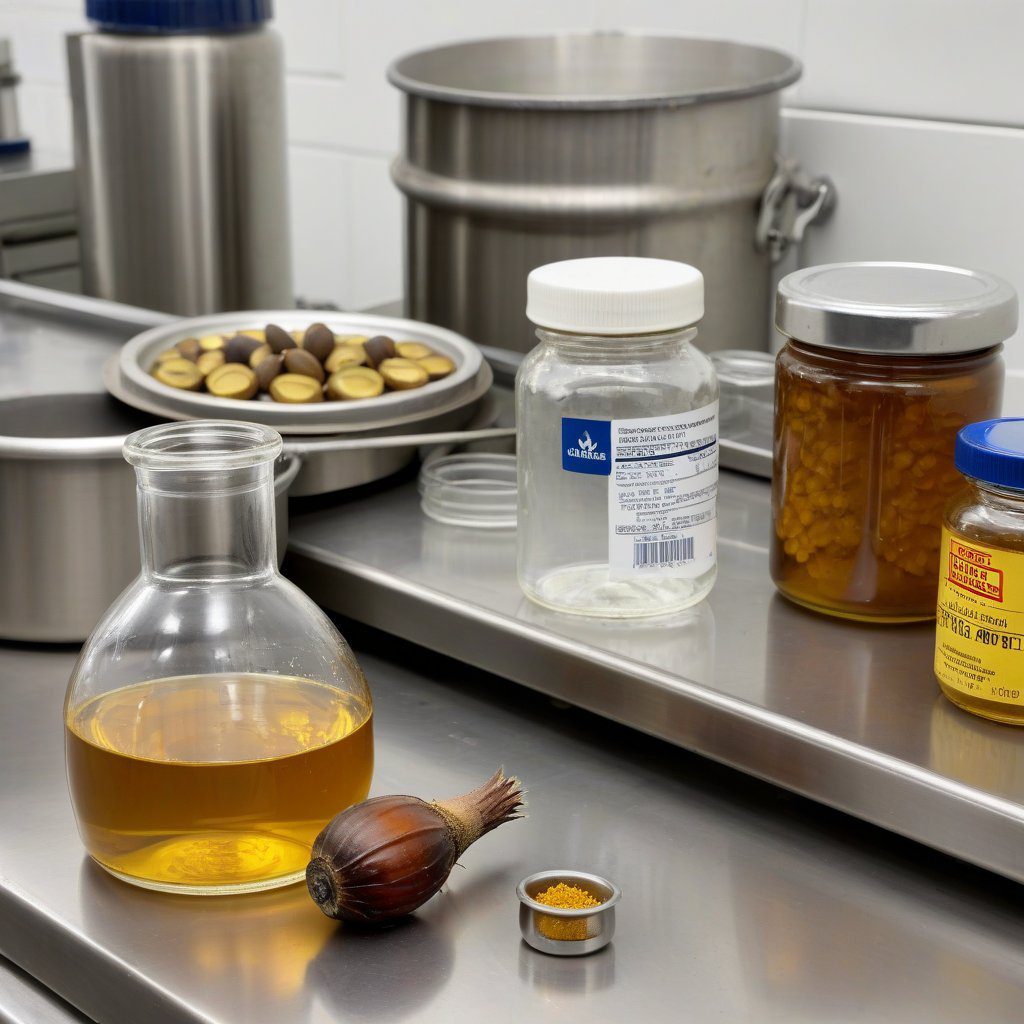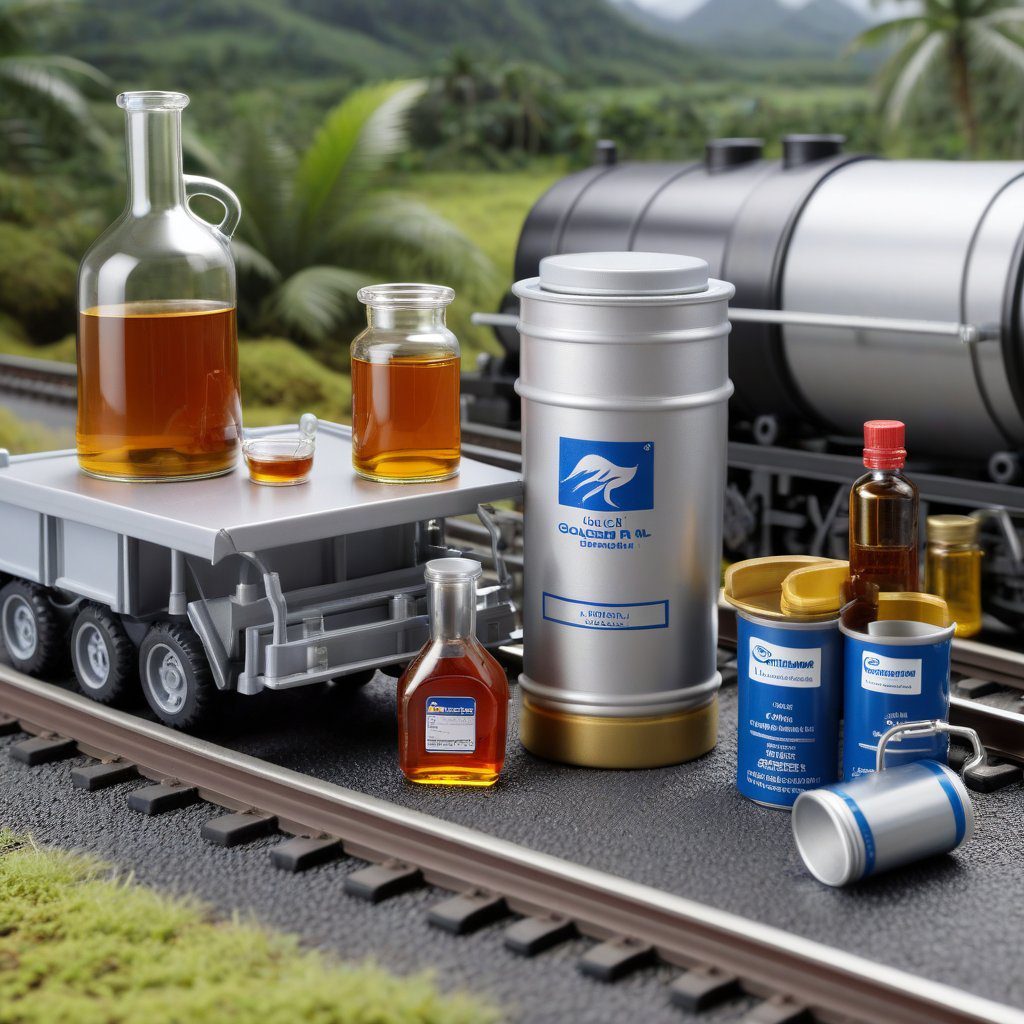Sodium Laureth Sulfate: An Overview
Sodium Laureth Sulfate (SLES) is a widely used surfactant in various industrial applications, particularly in the cosmetic and personal care sectors. It is valued for its ability to create lather and emulsify oils, making it a key ingredient in shampoos, soaps, and cleaning products. Understanding the regulations surrounding SLES is crucial for manufacturers and suppliers, especially those engaged in international trade.
Regulatory Framework for Sodium Laureth Sulfate
The regulatory landscape for Sodium Laureth Sulfate is governed by several agencies, including the Environmental Protection Agency (EPA) in the United States and similar entities worldwide. These regulations stipulate safety assessments and permissible usage levels to ensure consumer safety and environmental protection. Suppliers like DIPLOMATA must comply with these stringent regulations to maintain their market position and ensure product quality.
Health and Safety Regulations
Health and safety regulations concerning Sodium Laureth Sulfate focus on its potential irritant properties and environmental impact. The Cosmetic Ingredient Review (CIR) has evaluated SLES and deemed it safe for use in cosmetics at specified concentrations. Manufacturers must conduct thorough safety assessments and provide Material Safety Data Sheets (MSDS) to inform users of any hazards associated with the product.
Environmental Regulations
Environmental regulations play a significant role in the production and distribution of Sodium Laureth Sulfate. The USEPA classifies certain surfactants, including SLES, under the Clean Water Act, which regulates discharges into U.S. water bodies. Compliance with these regulations is essential for companies like DIPLOMATA to ensure sustainable practices and avoid potential fines.
Labeling Requirements
Labeling requirements for Sodium Laureth Sulfate products are crucial for transparency and consumer safety. In the U.S., the Fair Packaging and Labeling Act mandates that all cosmetic products containing SLES must clearly list it as an ingredient. Adhering to these labeling standards is essential for suppliers to facilitate trust and compliance within the marketplace.
Quality Control Measures
Quality control measures are integral to the production of Sodium Laureth Sulfate, especially for exporters like DIPLOMATA. Implementing rigorous quality assurance protocols ensures that both the 27% and 70% grades meet industry standards. Regular testing and certification by recognized organizations help maintain consistent quality and safety throughout the supply chain.
International Trade Considerations
When exporting Sodium Laureth Sulfate from Brazil to the United States, suppliers must navigate various international trade regulations. This includes compliance with the U.S. Customs and Border Protection regulations, which require detailed documentation and adherence to import standards. Proper understanding of these regulations is vital for seamless trade operations.
Market Trends in Sodium Laureth Sulfate
Market trends indicate a growing demand for Sodium Laureth Sulfate, particularly in the personal care industry. As consumers increasingly prefer sustainable and eco-friendly products, suppliers like DIPLOMATA are adapting their offerings to meet these changing market dynamics. By focusing on quality and compliance, they can position themselves as leaders in the market.
Future of Sodium Laureth Sulfate Regulations
The future of Sodium Laureth Sulfate regulations is likely to evolve as new scientific data emerges regarding its safety and environmental impact. Continuous monitoring and adaptation to these regulatory changes will be essential for suppliers. Staying ahead of regulatory trends will allow companies like DIPLOMATA to maintain their competitive edge in the global market.


